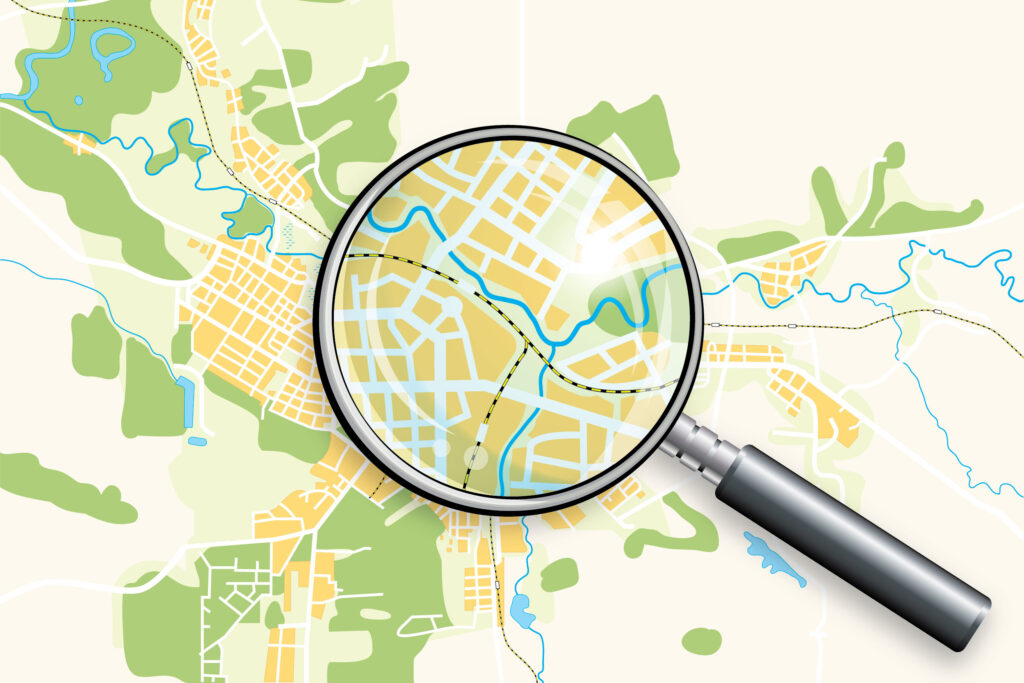Field Notes: Advancing Chester County’s Vision
In 2014, Chester County launched VISTA 2025, a 10-year economic development strategy developed with TIP Strategies to guide growth while preserving the county’s character. We recently connected with Mike Grigalonis, President & COO of the Chester County Economic Development Council, to discuss how the plan’s goals have taken shape over the past decade.









